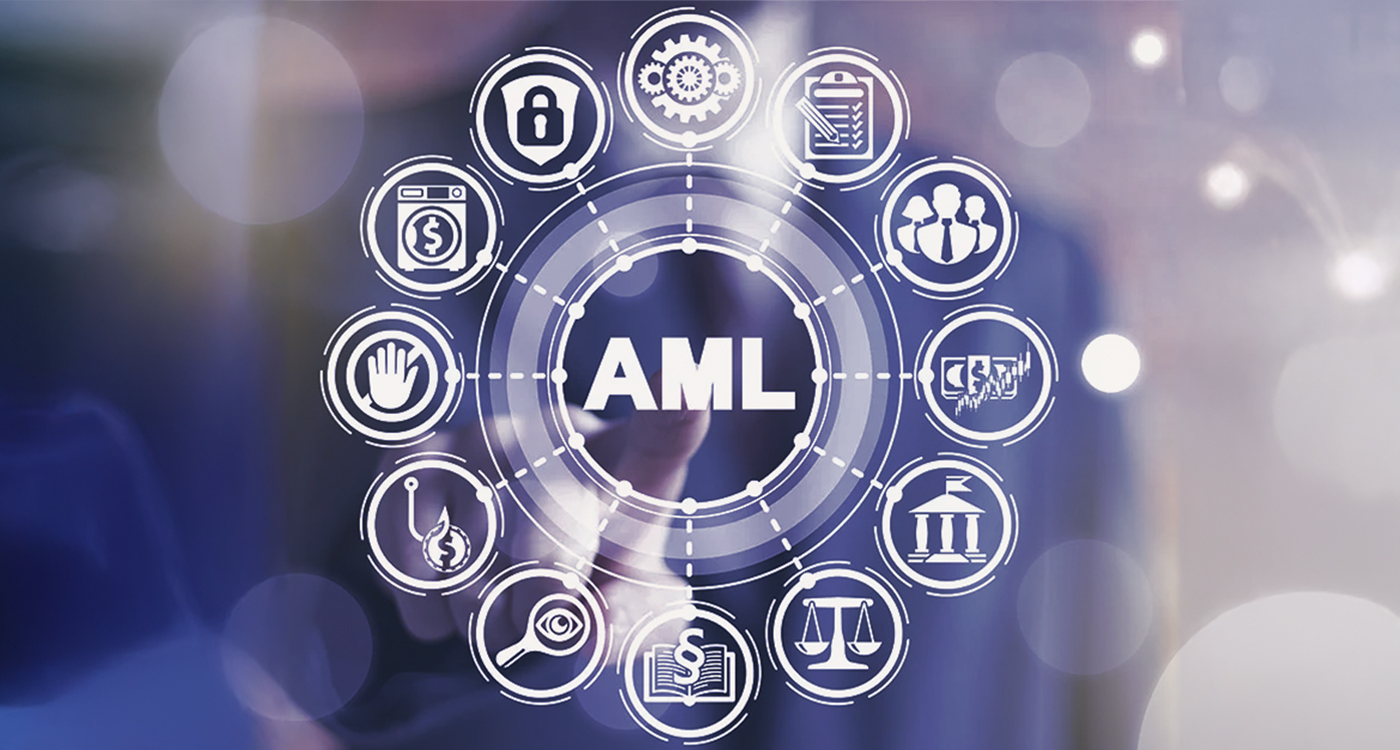

EnQualify Makes a Difference with “AI on Mobile Edge” Technology
EnQualify is an artificial intelligence-based digital identity verification product and makes a difference with its “AI on Mobile Edge” (integrating AI capabilities into mobile devices such as smartphones and tablets) technology. By this technology, EnQualify offers ‘Serverless KYC’ (Serverless Know







